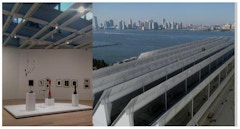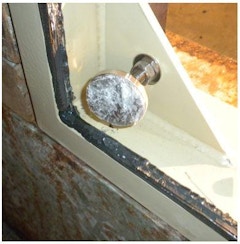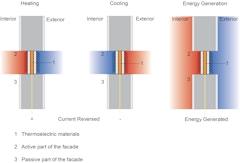
Performance of Compact, Closed Cavity, Double-skin Curtain Wall
A proposed design for a compact, closed cavity, double-skin curtain wall system in the Marine climate of the West Coast raises questions of potential

A proposed design for a compact, closed cavity, double-skin curtain wall system in the Marine climate of the West Coast raises questions of potential

Buildings have a considerable impact on the environment, and it is crucial to consider environmental and energy performance in building design.

This paper develops a framework of considerations for the development of project specific performance criteria for the design of art museums and

Over the last two decades, in what has been coined “The Digital Turn”, the introduction of parametric design software has afforded increased

Architectural preferences for commercial building continue towards increased transparency resulting in large lites of glass with minimal visual
Designing for blast performance for glazing units can be very complex. The test methods for evaluating performance include subjecting units to actual

Closed cavity facades (CCF), a configuration of Double Skin Facade (DSF), consists of a double-glazed unit on the inner layer and single glazing on
Facade failure due to seismic event represents a potential hazard to people and can cause serious damages to buildings with consequent high-cost


Architects specify curtain wall thermal performance criteria and usually identify simple modeling software, like THERM, to perform thermal analysis
How has the role of the façade evolved in light of the COVID-19 pandemic and ongoing fight to combat the climate change crisis? As companies grapple
The construction industry is one of the greatest sources of pollution, where 39% of global energy-related carbon emissions are attributed to

High performance can be defined as “a building that integrates and optimizes all major high-performance building attributes, including energy


This article presents results of a research study that focuses on understanding energy performance of novel facade systems that integrate

Analyzing the energy performance of complex building envelopes, determining the need for sun protection, and assessing the effectiveness of shading

Ever-increasing performance requirements in the latest version of the energy codes are compelling project teams to consider the thermal performance

The history of high performance facades and glazing has been a tale of attempting to manage the conflicting requirements of, on one hand inviting


As awareness around the seismic performance of buildings grows, it is becoming increasingly necessary to integrate seismic expansion joint cover